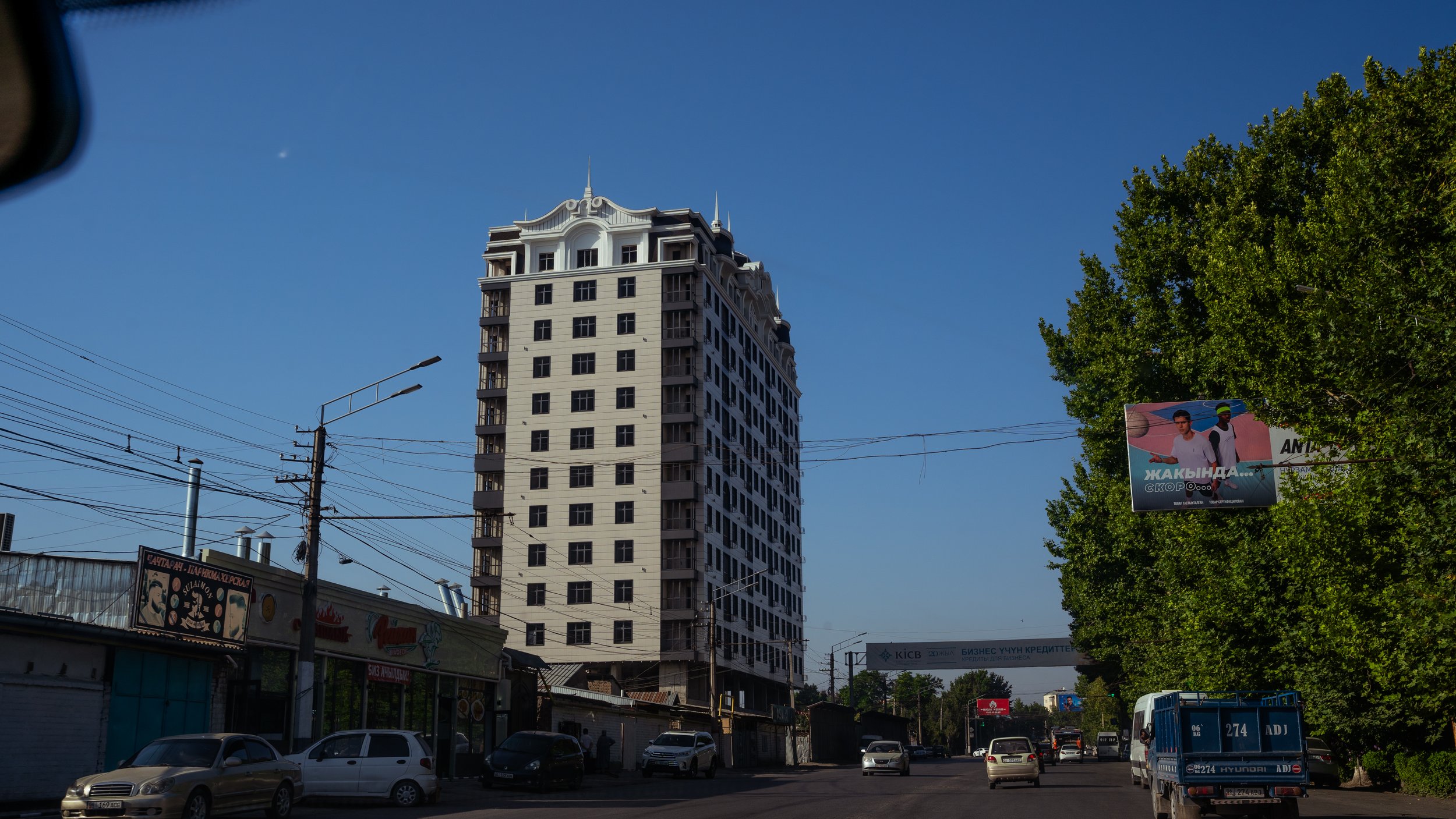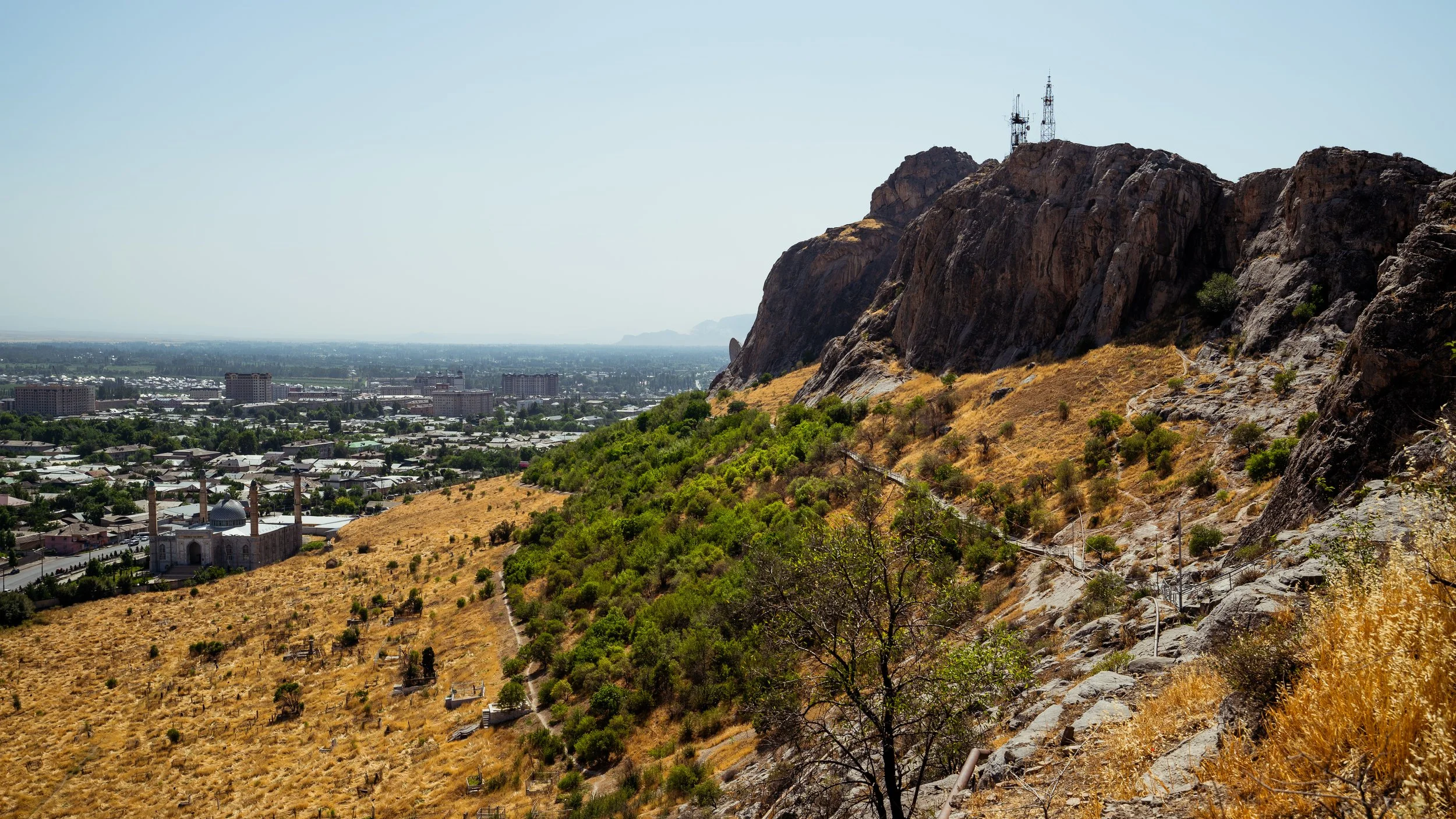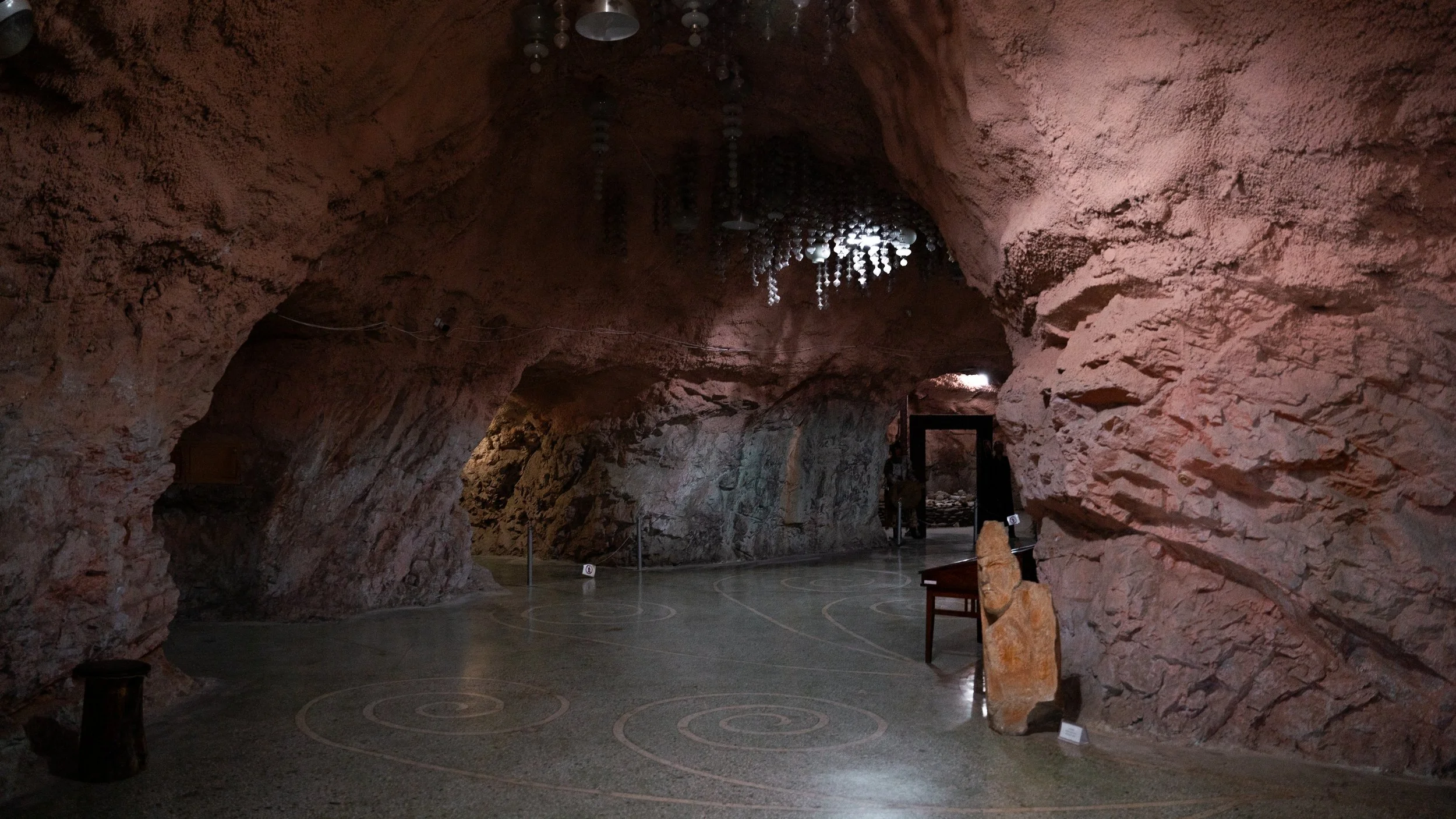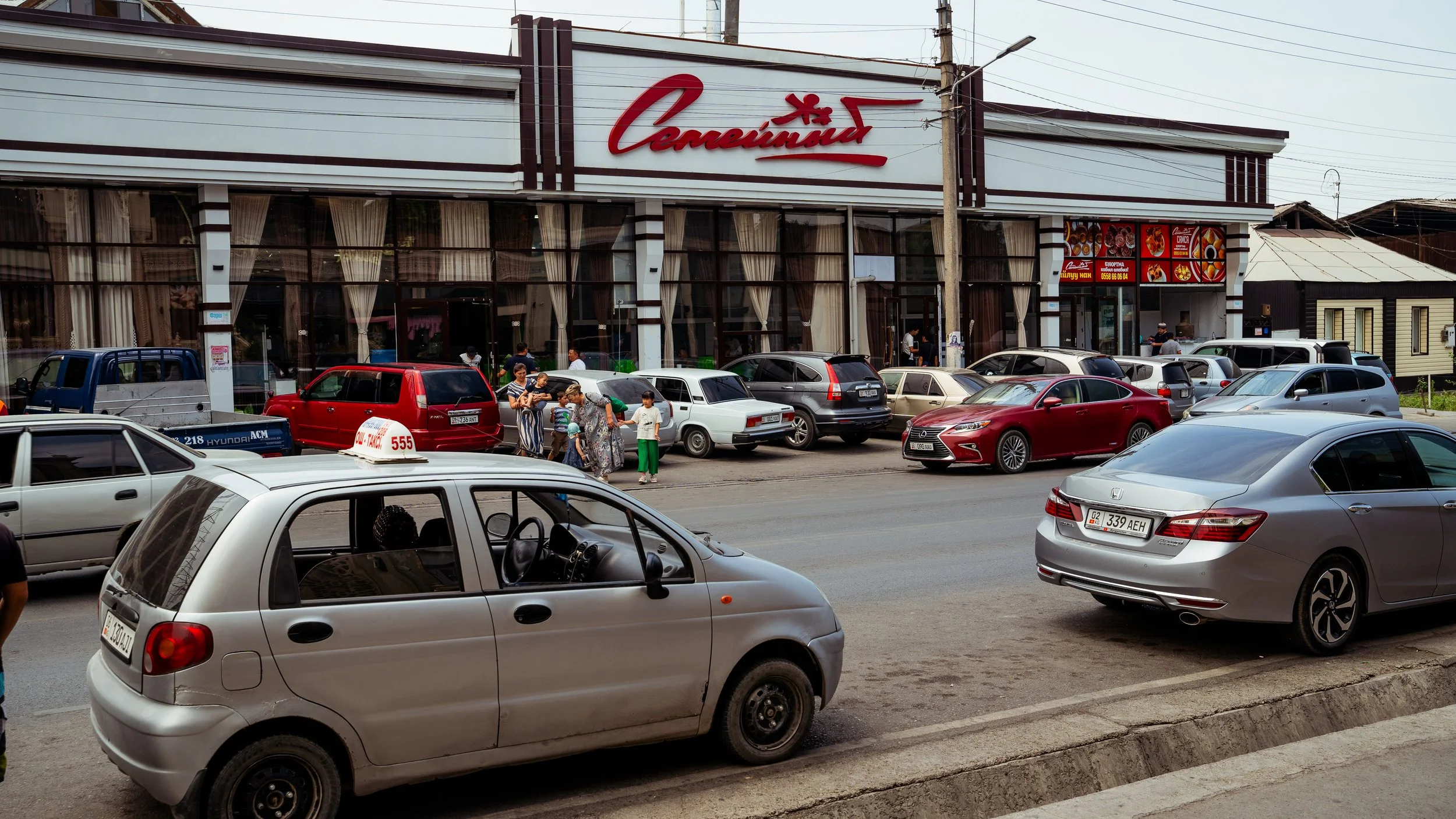Ош
If all roads lead to Rome, then all roads cross through Osh, the gateway to the Fergana Valley. Merchants traveling along the Silk Road towards the European continent would have been fortunate to reach this old trading post. The nearby mountain ranges in combination with the hot summers and cold winters likely tested the mental and physical strength of each individual traveling from East Asian civilizations. They would have slept in local guest houses and traded their goods in the centuries-old Bazaar where residents continue to buy their produce today. Osh is now the second-largest city in Kyrgyzstan but remains difficult to reach from anywhere else in the country. The mountain roads connecting the country are unforgiving and often too dangerous to travel on, especially in the winter. The route between Bishkek and Osh takes around fourteen hours along the narrow M41 highway that connects Afghanistan, Tajikistan, Uzbekistan, and Kyrgyzstan.
Luckily, flights between the two cities are available with the local carrier TezJet. A round-trip ticket costs about 100 USD and gets you on one of three planes available in their fleet. A local NGO I interned for decided to fly to Osh so we could spend more time in the region. I had a sense of skepticism when the overhead luggage compartments popped open as the plane shot down the runway during takeoff. I was relieved the flight only lasted forty minutes.
Boarding a Avro RJ85 at Manas International Airport in Bishkek
Osh International Airport
For three thousand years, dozens of empires from the Hellenistic rule of Alexander the Great to the Han Chinese to the Mongol Hordes made numerous attempts at conquering the fertile lands near Osh. The Soviets were the last to rule over the many ethnicities in the valley. During his early reign, Joseph Stalin categorized the local ethnicities into socialist republics with borders that ultimately made no sense. Osh also found itself in the Socialist Kyrgyz Republic despite the majority of the population within the city consisting of Uzbeks. Following the collapse of the Soviet Union, the newly formed states of Kyrgyzstan, Uzbekistan, and Tajikistan would find themselves in a decades-long struggle to repair this Soviet legacy. For instance, small exclaves belonging to Uzbekistan remain surrounded by Kyrgyzstan. They continue to suffer from outbreaks of violent clashes over border towns and resources such as water that fuel the agricultural heartland of Central Asia.
Today, Osh is peaceful and developing forward. New apartments are under construction throughout the city. The representation of mostly Kyrgyz and Uzbek culture remains strong throughout the streets and in the southern region. Osh has a strong taste for Central Asian cuisine. It often leads to which region in the country has better food. The North or the South? Islamic values and customs are much more visible in Osh than in Bishkek. Nearly all women wear different variations of the Hijab with an Abaya. The architecture also consists of various Islamic and Central Asian accents.
Osh State Academic Uzbek Music and Dramatic Theater opened in 1979
Osh parliament building
A monument to Lenin stands opposite of the parliament building
The presence of Slavic culture is much less visible in the south. In the north, Slavic drinks such as Kvass would be sitting next to these fermented Kyrgyz drinks depicted above.
The streets are packed with smaller automobiles and commercial vehicles. Drivers zip around each other sometimes going as far as driving in the lane of oncoming traffic. A majority are Daewoo or Chevrolet models manufactured at the UzAuto Motors plant a few miles away in Uzbekistan.
The city was established along the banks of the Ak-Buura River. With little room to expand outward, dozens of construction projects like the one above are rising up around the city.
clothing store
Кош Келиниздер! In Uzbek it means, “welcome!"
The welcome monument above is the first thing people see after they cross the Uzbek border.
Marshrutkas waiting near the border
Afghan Samsakhanasa is a restaurant near the border of Uzbekistan. They serve traditional Samsa, baked bread with meat stuffed inside.
Sulaiman-Too
This sacred mountain is a UNESCO world heritage site. In the past, travelers along the Silk Road would have seen the five rocky peaks that distinguish it from all other land formations in the valley. Islamic mausoleums, petroglyphs, a Soviet-built museum, and incredible views of the Fergana valley make this one of the most unique sites in Central Asia.
Sulaiman-Too Mosque completed in 2012
Uzbekistan in the distance
A southern view of Osh and the Alai Mountain range in the background
The House of Babur
This is a 1989 reconstruction of Zahiruddin Babur’s house of worship which was likely destroyed by the Soviets during their religious purges. Zahiruddin Babur was born in the Fergana Valley and founded the Mughal Empire in the early sixteenth century.
Above, visitors can slide down a smooth rock to cure back pain or enter a small cave in hopes of giving birth to a healthy child.
The museum established in 1949 and completed in 1978
Restaurant/bar constructed over the Ak-Buura River.
I wonder how difficult it must be to service a three series here
Semeynyy restaurant
Prices range from 2-5 USD
laghman
Ali-shir Navoi Park
Sulaiman-Too












































































